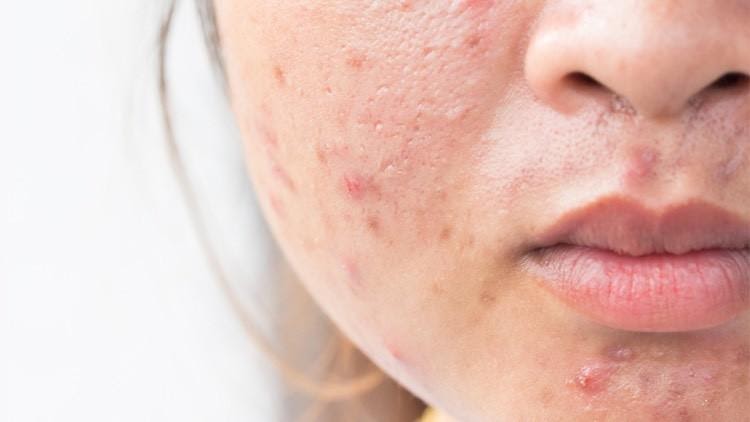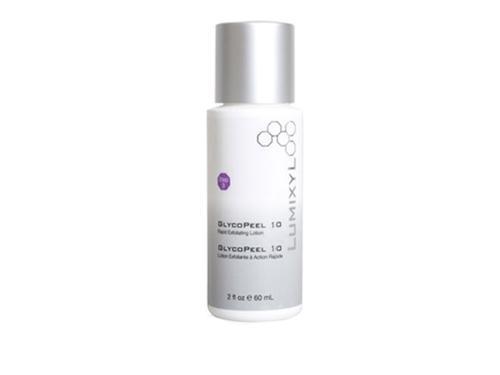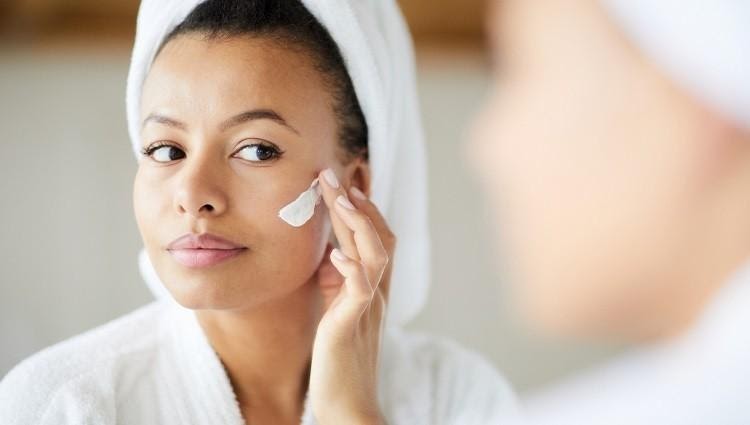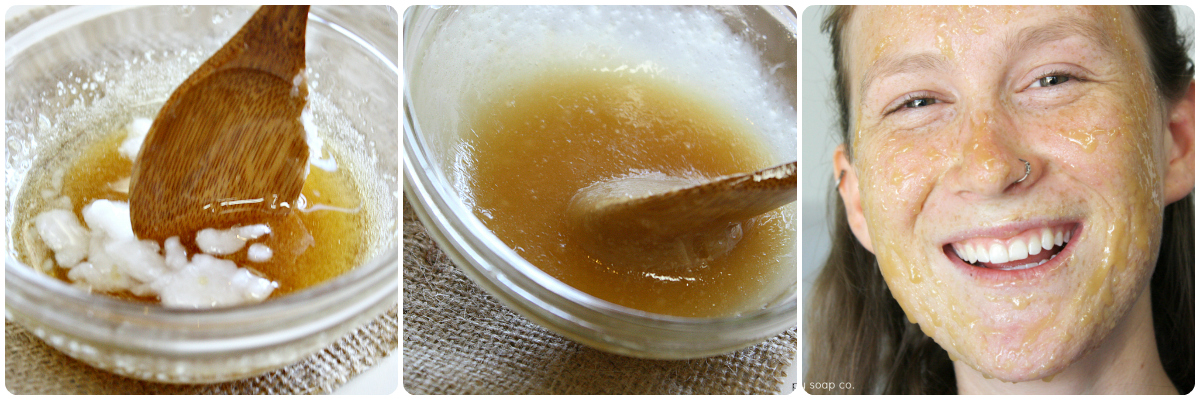There’s been some exciting progress in treating keloid scars, which gives new hope to those who suffer from them. From advanced laser treatments to new methods that work on a molecular level, patients now have better and easier ways to deal with these raised scars. The Rejuvence Clinic is at the heart of these breakthroughs, offering the advanced and most effective keloid scar treatments. Let’s explore what treatments work best for keloid scars today, along with the future prospects and which is best for you.

Woman with oily skin and acne scars Innovations in Keloid Scar Management: The Latest Treatments
Laser Therapy
Recent developments in laser therapy, particularly fractional laser treatment, have shown promising results in keloid scar management. These lasers deliver focused energy to the scar tissue, helping reduce the scar’s size and improve skin texture. They also stimulate collagen remodeling, leading to a more natural appearance of the skin.CryotherapyCryotherapy, involving the application of extreme cold to destroy abnormal tissue, has become more sophisticated in treating keloids. Modern cryotherapy methods can specifically target scar tissue with minimal impact on surrounding healthy skin, effectively reducing the scar’s thickness and relieving symptoms like itching and discomfort.
Intralesional Treatments
Advancements in intralesional treatments, such as the use of steroids, 5-fluorouracil (5-FU), and interferons, offer targeted approaches to keloid management. These treatments involve injecting medications directly into the scar tissue, reducing its size and improving its appearance. The combination of these agents has been shown to enhance treatment efficacy.
Silicone Gel Sheets
Using silicone gel sheets in keloid treatment has gained attention for its effectiveness in flattening keloids and preventing their recurrence. These sheets provide a protective, hydrating barrier over the scar, which helps gradually diminish scar tissue and is particularly useful for larger, more prominent keloids.
Gene Therapy and Molecular Targeting
Emerging research into gene therapy and molecular targeting presents a revolutionary approach to keloid scar management. By understanding the genetic factors and molecular pathways involved in keloid formation, treatments can be developed to target these specific pathways, potentially inhibiting or reversing the scar formation process.
How do you determine what keloid scar treatment is right for you?
Understanding Keloid ScarsKeloid scars are unique and complex forms of scar tissue that arise from an overzealous healing process, resulting in a raised, often large, and sometimes discolored area on the skin. They can be challenging to treat due to their tendency to recur. Understanding the nature of your keloid scar is the first step in determining the proper treatment. Consider factors like the keloid’s age, size, location, and symptoms.
Consultation with a Dermatologist
Consulting with a dermatologist or a specialist in scar management is crucial. A professional can assess the keloid’s characteristics and skin type and discuss your medical history. This consultation will help identify potential treatment options suitable for your specific case.
Evaluating Treatment Options
Several treatment options are available, each with its pros and cons. Exploring the various treatment options for keloids offers a diverse landscape of methods, each tailored to address specific aspects of keloid pathology and patient needs. The decision on which treatment to pursue often hinges on factors such as keloid size, location, patient’s skin type, previous treatment responses, and the patient’s preferences and lifestyle.
Personal and Lifestyle Considerations
Your personal preferences and lifestyle should also guide your decision. Consider the treatment’s duration, cost, potential side effects, and the likelihood of needing multiple sessions. If you have a busy lifestyle or budget constraints, these factors could significantly influence your choice.Monitoring and Ongoing CareFinally, whatever treatment you choose, continuous monitoring and care are essential. Follow-up appointments with your dermatologist are crucial to assess the efficacy of the treatment and make adjustments as necessary. Proper skin care and, in some cases, preventive measures for new keloids are also essential aspects of ongoing management.
Future Directions in Keloid Scar Treatment
The future of keloid scar treatment is poised for significant advancements, focusing on more effective, personalized, and less invasive methods. Emerging technologies and a deeper understanding of the biological mechanisms behind keloid formation are guiding new therapeutic strategies. These innovative approaches aim to improve patient outcomes and reduce the recurrence of these challenging scars.Gene Editing and Molecular Therapy: Research into gene editing techniques, like CRISPR, and molecular therapies that target specific pathways involved in scar formation.
Customized Immunotherapy:
Development of immunotherapies tailored to individual immune responses, potentially preventing keloid formation at the source.
Advancements in Laser Technology:
Refinement of laser treatments for more precise and effective scar reduction with fewer side effects.Topical Treatments with Nanotechnology: Using nanotechnology in topical treatments to deliver medication more effectively to scar tissue.
3D Bioprinting for Skin Regeneration:
The exploration of 3D bioprinting to regenerate skin without scarring is a promising avenue for keloid treatment and prevention.Stem Cell Therapy: Investigating the use of stem cells to promote healthy skin regeneration and prevent abnormal scar formation.
Personalized Medicine:
Harnessing data from genomic studies to develop customized treatment plans based on an individual’s genetic predisposition to keloid scars.

Helen Bradley is a health blogger and the founder of her own blog about fitness. She has been blogging for three years now and loves to share what she learns with others. Helen enjoys reading, cooking, and staying active outdoors.












